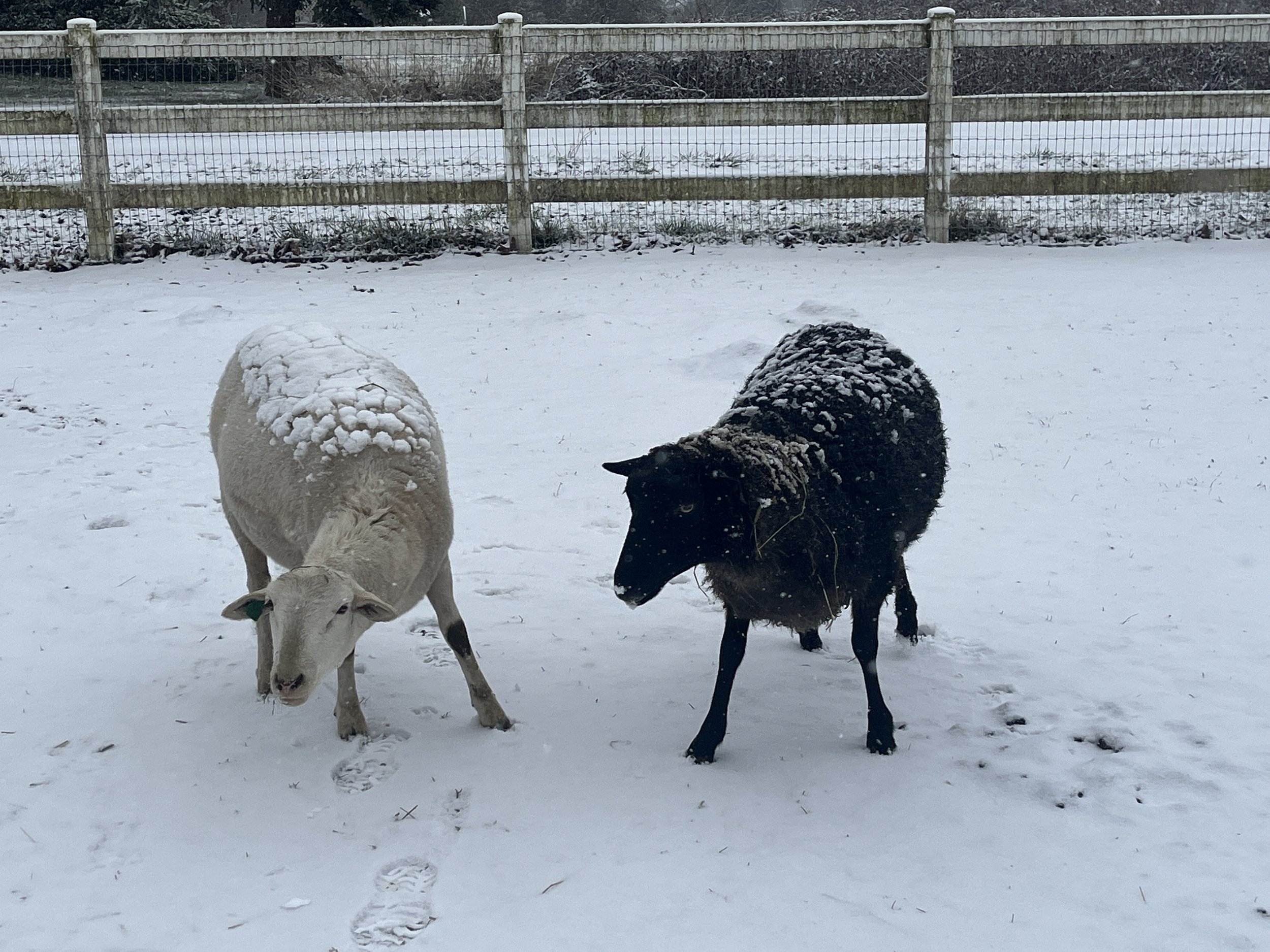Winter Warriors: How Farm Animals Adapt and Thrive in Chilly Climates
As winter blankets the landscape in a frosty embrace, the resilience of farm animals takes center stage. Nature has equipped these creatures with remarkable adaptations to navigate the challenges of cold weather, transforming the farmstead into a haven where animals not only survive but often thrive during the winter months.
One of the most visible adaptations is the development of winter coats. Livestock, such as horses, goats, and sheep, grow thick, insulating fur that acts as a natural barrier against the biting cold. This dense layer not only provides warmth but also serves as a shield, protecting the animals from harsh winds and precipitation. Witnessing these winter coats in action is a testament to the animal kingdom's ability to adapt to the changing seasons.
Farm animals are also adept at conserving body heat through behavioral adaptations. During particularly chilly periods, animals like chickens and ducks huddle together for warmth, creating a communal heat source. This cooperative behavior minimizes heat loss and underscores the social intelligence of these creatures, as they work together to withstand the winter chill.
Additionally, many farm animals adjust their eating habits to cope with winter weather. Animals such as horses eat more during colder temperatures because the digestion process fuels an internal fire that helps keep them warm. Farmers often adjust their feeding routines, providing supplemental nutrients and calories to support the increased energy expenditure. This strategic approach ensures that the animals stay healthy and robust despite the winter challenges.
Water management is another critical aspect of winter adaptation on the farm. With temperatures dropping, water sources can freeze, posing a potential threat to the hydration needs of animals. Farmers employ various strategies, such as heated water troughs and regular monitoring, to ensure a constant and accessible water supply. This attention to detail is crucial for the well-being and resilience of farm animals facing winter's icy grip.
Moreover, barns and shelters become integral components of winter survival for many farm animals. These structures provide a refuge from extreme weather conditions, offering dry and wind-free space for animals to seek shelter. Whether it's a barn or a 3-sided structure, these shelters become vital retreats where farm animals can find comfort and protection from the winter elements.
Winter adaptation of farm animals is a marvel of nature's ingenuity. From the growth of protective winter coats to communal behaviors, adjusted feeding routines, water management strategies, and the provision of shelter, these creatures showcase an impressive array of adaptations that enable them not only to endure but to flourish in the winter wonderland of the farmstead. As farmers and caretakers, our role is to appreciate and support these adaptations, ensuring the well-being of our winter warriors as they navigate the frosty landscapes of the season.


